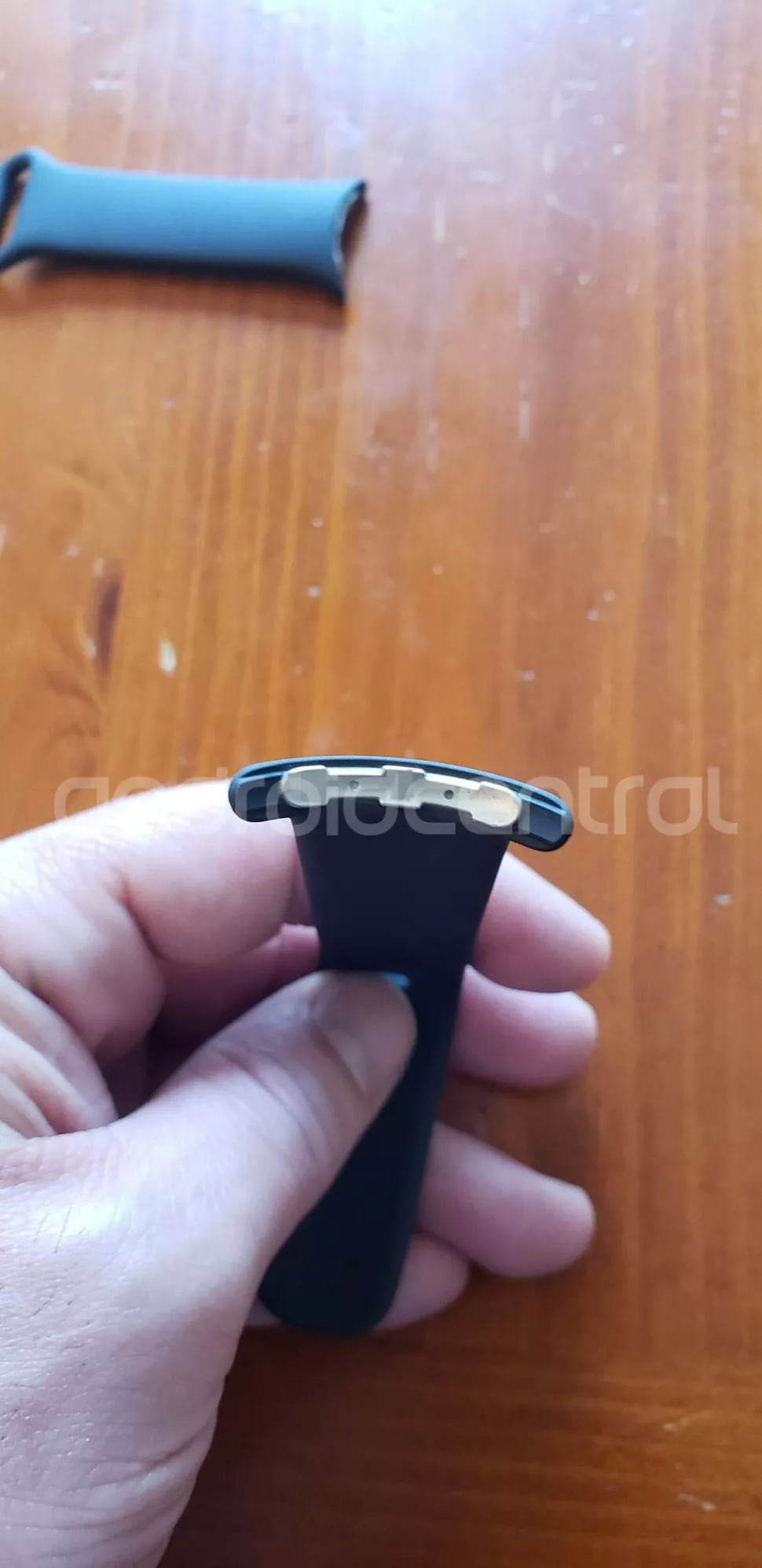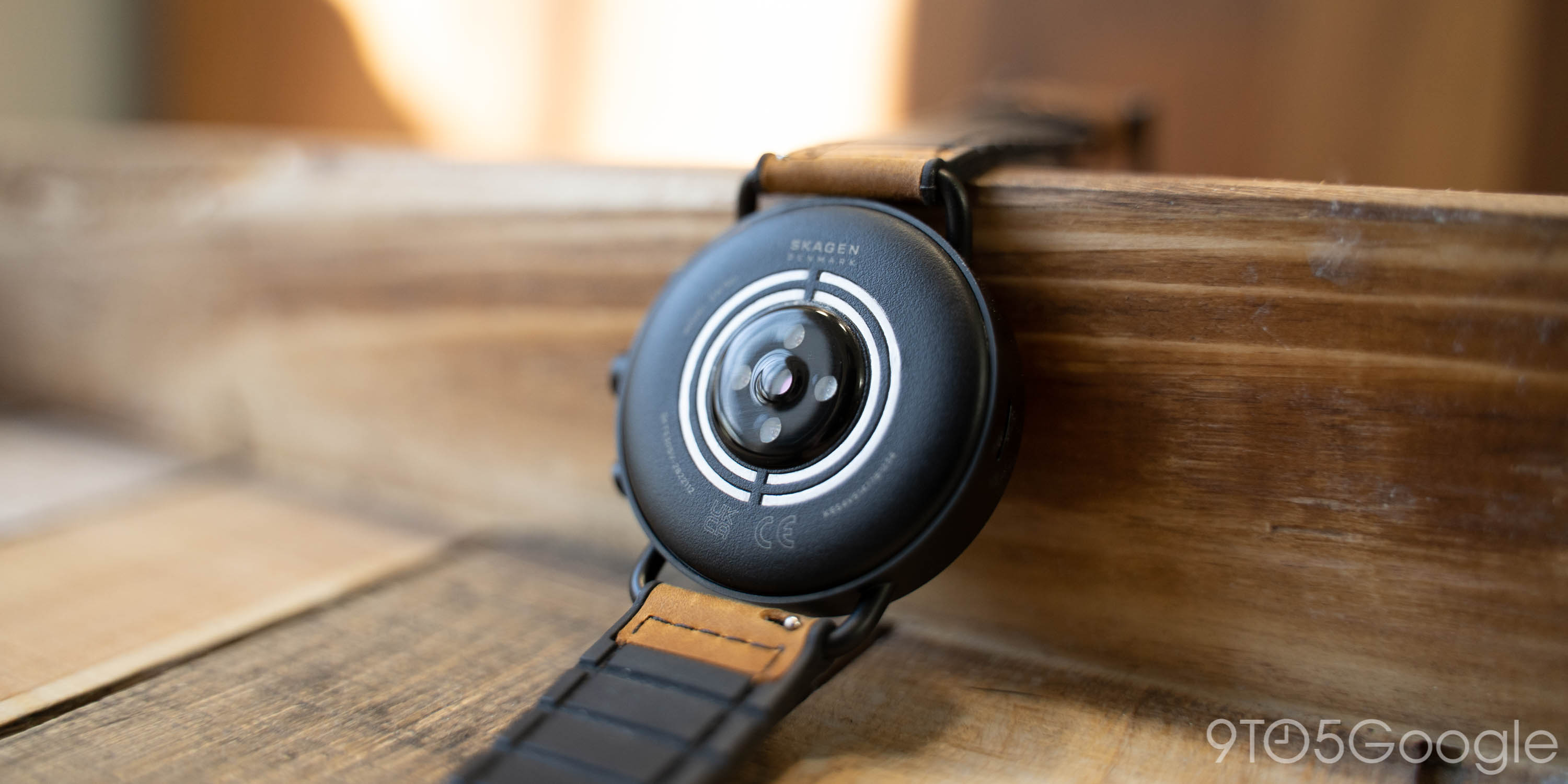With the arrival of the first significant Pixel Watch leak, Google’s decision to move away from the dated pin system for smartwatch bands has been confirmed. There will be a proprietary band on the Pixel Watch, but that’s not necessarily a bad thing.
PROPRIETARY BANDS ARE ON THE PIXEL WATCH. In case you missed it over the weekend, a prototype of the Pixel Watch was left in a restaurant, leading to the release of the first real-world pictures of the device online. Sadly, the photographs don’t show us anything about the device’s software, but they do show us a lot about its physical components. The Pixel Watch will be round in shape and have a spinning crown protruding from the right side. The display will be somewhat rounded and taper to the frame.
However, the part of the Pixel Watch that we want to concentrate on right now is the bands. The Pixel Watch does not use a pin mechanism to connect bands, in contrast to the vast majority of Wear OS smartwatches that have been made available to far, including Samsung’s Galaxy Watch 4.
Instead, the approach Google is employing appears to be wholly unique and to be a hybrid of the Fitbit and Apple Watch designs. The bands, which seem to slide or snap into place, are released by a button on one side of the watch. The latter would fit in well with Fitbit’s current setup and correspond with the Infinity clasp style Google appears to be employing on these bands. The connector on the Pixel Watch is bigger and curved than, say, the connector on a Versa 3, and the watch itself has a lock. These are the main changes between the two cases. The release button is also on the side of the watch rather than the bottom, as it is in Versa/Sense.



DO NOT PINCH Until You Try Of course, this has drawn some unfavorable quick responses. The traditional pin system for watchbands, which allows for the use of classic bands from previous watches as well as a much wider range of alternatives, has been a significant plus for existing smartwatches targeted at Android users.
Personally, I have previously agreed wholeheartedly with that reasoning. However, the past couple of years of consistently using Fitbit have truly convinced me that having a proprietary system is not necessarily a negative thing.
Particularly in the case of Fitbit, the ease of changing bands is considerably superior to that of devices like the Skagen Falster Gen 6 and Galaxy Watch 4, both of which require 20mm pins. I often like switching out the bands on my Fitbit Charge 5 and my primary smartwatch, which is generally one of the two. I often wear fabric bands at home, but I’ll switch to leather or silicone on dressier occasions or when I’m going to be active. This is especially true if I’m wearing a suit. My Charge 5’s band can be changed in a matter of seconds, but even quick-release pins on the Falster or Galaxy Watch make the process more difficult and time-consuming.

There are a lot of people that choose one band and remain loyal to them for weeks or months at a time, so clearly this won’t apply to everyone. However, the appeal of many smartwatches is their versatility; replacing out the band for a different one might be like altering your phone’s case. It’s a quick and simple approach to enhance the appearance and feel.
Google is well aware of the difficulties that can result from a connector with pins. Back in 2016 introduced a technology called Mode that could switch bands via a traditional pin or a little switch on the band itself, giving users the best of both worlds. The short-lived standard was rapidly forgotten and never received widespread adoption. The switching process on some materials may be extremely painful, as our Abner Li was quick to note.

Another topic worth addressing is how pins limit the possible designs for smartwatches. The lugs on every smartwatch that uses pins are essential since they secure the pin while allowing for band replacement. Although stylish, it may not be appropriate for many watches. Without a doubt, it wouldn’t fit with the Pixel Watch’s intended design. The first Moto 360, which concealed its pins within the watch’s body and required a tool to change out the bands and, in many cases, break the bodies, serves as the best example of this.
WHAT IS THE CON? Rewinding to 2022, I find it unsurprising that Google has stopped experimenting with pins. For the Pixel Watch, proprietary watch bands are a no-brainer. They give more creative freedom, are simpler for customers to use, and will aid Google in creating its own ecosystem. People now alter bands on their Apple Watches more frequently, which undoubtedly contributes to the line’s sustained success.
The risk is definitely the largest drawback. Third-party bands will be difficult to locate and pricey if the Pixel Watch doesn’t sell well or changes its connectivity every year. Hopefully, adapters for connecting conventional pin bands to the Pixel Watch will be made available as soon as possible. For Fitbit and Apple smartwatches, those are unquestionably simple to purchase.
What do you believe of it? Are exclusive bands an issue for the Pixel Watch? Let’s talk about it in the comments.
FTC: We employ income-generating auto affiliate connections. MORE ON PIXEL WATCH. More.
Check out 9to5Google on YouTube for more news:






